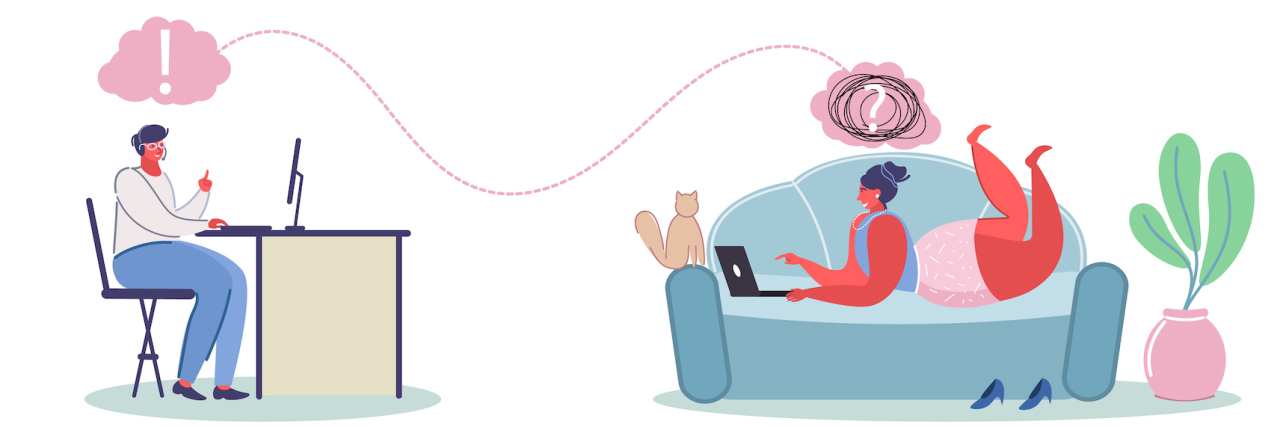In less than six months, the coronavirus managed to disrupt almost every aspect of life as we know it and, with it, change the way we live, behave and interact. About 45% of Americans have reported an increase in their levels of stress and mental health problems brought on by the pandemic. In the same study, a third also reported that they have been unable to receive medical care unrelated to COVID-19, which can only further exacerbate their condition.
The increase in need for mental health support and the restrictions on movement and physical contact meant that the U.S. health care system had to make significant shifts to make room for telehealth as a central form of health care. The CARES Act and other changes in legislation removed many restrictions which, for a long time, were one of the main reasons why telehealth was inaccessible to many patients and health care providers. Likewise, the Federal Communications Commission (FCC) released a $200 million fund toward the COVID-19 Telehealth Program to support health care providers in their shift to remote consultations.
Since the COVID-19 pandemic has started, there has also been a shift in how the public responds to telehealth services. While in 2019 only 11% of Americans accessed telehealth services this number has skyrocketed to 46% in 2020 as personal protective equipment (PPE) has become limited and restrictions on movement and social interactions have become the norm. Another big reason for this surge in telehealth appointments, aside from an easing of restrictions, are people from rural areas or those with disabilities who benefit from the accessibility of telehealth. UH Cleveland Medical Center for Behavioral Health, for instance, reported an almost 30% increase in the number of appointments since they first launched their telehealth service back in mid-March.
The world has changed massively since “Web Therapy” was first launched back in 2008 — a comedy starring Lisa Kudrow where she was trying (rather unsuccessfully) to revolutionize psychotherapy by offering 15-minute video call consultations. While her approach can seem extreme even in today’s coronavirus-stricken society, one thing is certain — telehealth is here to stay. While it can improve access to therapy for millions, how insurance companies and the health care system will adapt regulations and payment policies remains to be seen.
Header image via SiberianArt/Getty Images


